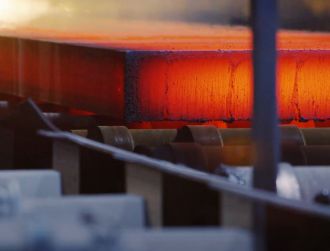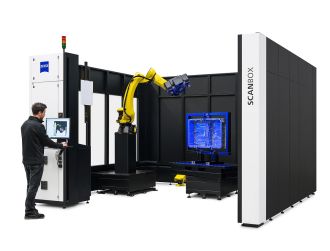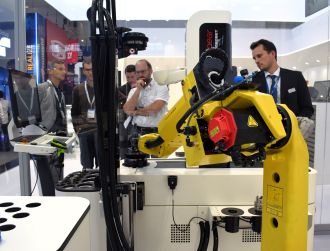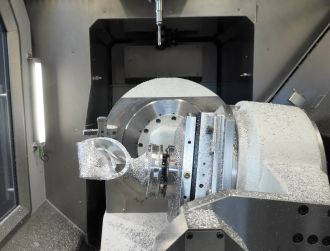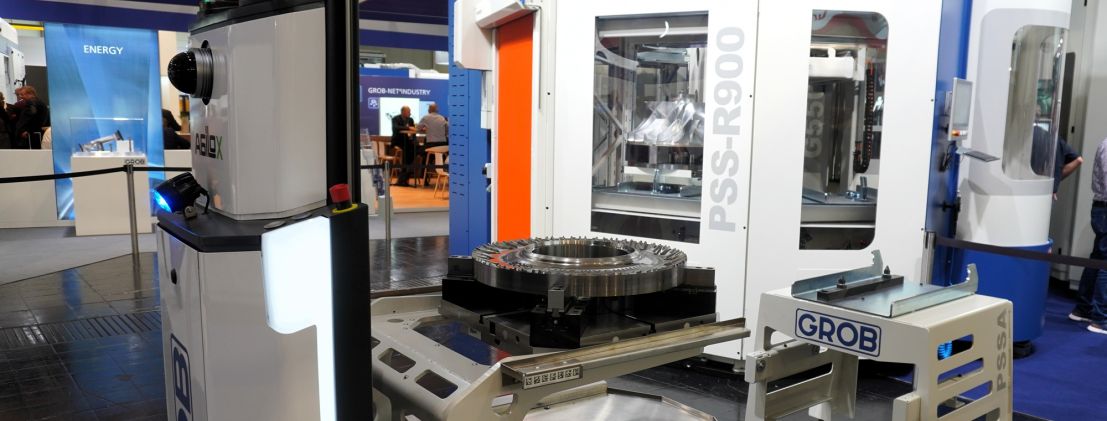
Machine tool market shows signs of stabilizing
Incoming orders in the German machine tool industry show early signs of stabilizing after a prolonged period of decline. Although overall demand remained weak in the third quarter of 2025, the pace of contraction slowed and key segments abroad began to generate new momentum. The sector expects that current investments, particularly in Europe, will gradually filter through to production.
Orders received by German machine tool builders fell by 5% in the third quarter compared to the same period last year. The contraction was driven by a 15% decline in domestic demand, while foreign orders decreased only slightly. Over the first nine months of 2025, total orders were also down by 5%. This reflected a sharp 20% drop in the domestic market. Foreign demand showed more resilience with a modest increase. According to the VDW, order volumes have been moving sideways in recent months. This suggests that the downturn has reached a lower limit, although recovery signals remain uneven across sectors and regions.
Shift in demand drivers
New orders primarily originate from industries investing in automation, digitalisation, service concepts, retrofitting, and sustainability. Companies in defense, aviation and medical technology are currently expanding their capacities. The defense industry plays a central role due to persistent high demand. This creates spillover effects for electronics suppliers, metal component manufacturers and precision engineering companies. Despite these positive impulses, the time lag between orders and production means that output figures are unlikely to improve quickly. At the same time, major customer sectors such as automotive and its supply chain continue to face structural challenges. Electrification, shifts in global value chains and cost pressures limit investment appetite, particularly in Germany.
Regional market trends and economic conditions
European demand remains comparatively robust. Turkey, Italy, Spain and several countries in Eastern Europe report stable or improving investment activity. The Czech Republic, Poland and Hungary stand out with solid order intake. In contrast, conditions have softened in key international markets. China and South Korea show reduced investment momentum, while the US and Mexico also signal cooling demand. According to the VDW, slow domestic reforms in Germany are weighing on investment sentiment. Additional pressure comes from uncertainty linked to US tariff policy and currency movements. The stronger euro has created headwinds for exports to markets where price sensitivity is high. Machine tool sales fell by 7% in the first nine months of the year. Investment plans in defense and infrastructure could support demand in the coming year. If these projects proceed as expected, Europe and Germany may shift from a restraining to a stimulating force within the global manufacturing economy.


